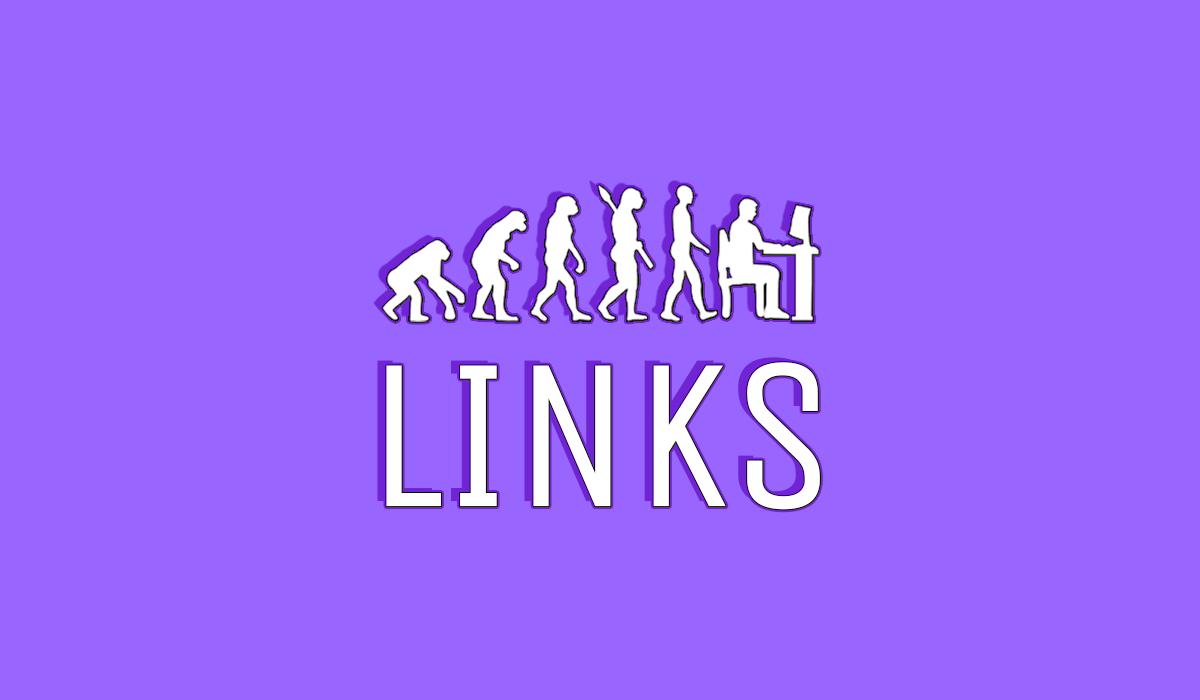LINKS - February 22nd, 2023
Welcome to LINKS — my attempt to provide Rhapsody readers with five interesting stories that tell us something about what it means to be human. LINKS is published every Wednesday. Have a link you want to share? Drop it in the comments.
Mobile Genes From the Mother Shape the Baby’s Microbiome
By Yasemin Saplakoglu, Quanta Magazine
“These simple cells, which journey from mother to baby at birth and in the months of intimate contact that follow, form the first seeds of the child’s microbiome—the evolving community of symbiotic microorganisms tied to the body’s healthy functioning. Researchers at the Broad Institute of the Massachusetts Institute of Technology and Harvard University recently conducted the first large-scale survey of how the microbiomes of a mother and her infant coevolve during the first year of life. Their new study, published in Cell in December found that these maternal contributions aren’t limited to complete cells. Small snippets of DNA called mobile genetic elements hop from the mother’s bacteria to the baby’s bacteria, even months after birth.”
Lots of people feel burned out. But what is burnout exactly?
“What’s more, across all the studies, the JAMA team identified 142 definitions of burnout. And among the subset of studies not using a version of the inventory, the researchers identified 11 unique methods for measuring burnout.
“Those many concerns are prompting some researchers to call for a return to the drawing board on how to define and measure burnout. That process should start with qualitative interviews to see how people struggling at work speak about their own experiences, Demerouti says. ‘We don’t [have] a good conceptualization and diagnosis of burnout.… We need to start from scratch.’”
This Particle Accelerator Makes a Substance That Has Not Existed in 13 Billion Years
By Jason Drakeford, Clara Moskowitz, Jeffery DelViscio, Scientific American
“Those particles are called gluons. Scientists name this universe creating fluid quark-gluon plasma. It hasn't been found in nature since the beginning of time as we know it. But scientist states can recreate it inside particle accelerators. It was officially observed first at the Brookhaven National Laboratory in Long Island, where researchers used the relativistic Heavy Ion Collider or REIC for short to smash atoms together.”
How the Early Battle Over Race Science Was Lost
By Vivek V. Venkataraman, Sapiens
“Physical anthropology bears a sordid history. The field concocted intellectual justifications for now-disproven ideas of race science and paved the way for eugenics, the idea that humans could be improved by selecting specific hereditary traits, most often traits of White Northern Europeans. These ideas were championed by scientists such as Ernst Haeckel, who mentored Miklucho-Maclay. Their uneven relationship shows one arena where the struggle over race science was fought.”
What Types of Tools Did Neanderthals Use and Develop?
By Sam Walters, Discover Magazine
“Named Homo neanderthalensis after the sites in the Neander Valley where some of the specimens were first found, the shape of the species’ skull — which was low and long — and the build of the species’ body — which was short and stubby— were initially interpreted as indications that the Neanderthals were neither intelligent nor innovative. And despite the fact that some of these first fossils were buried beside stashes of stone tools, the Neanderthals were swiftly branded as a species of brutes.
“In actuality, the Neanderthals’ unique anatomy allowed the species to survive the coldest conditions of the Ice Age in Europe. And along with this ability was a whole assortment of adaptive behaviors, the sum of which made these individuals much more advanced than their discoverers were probably willing to admit.”



